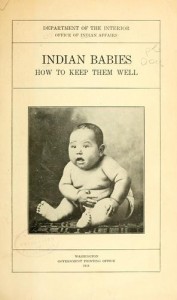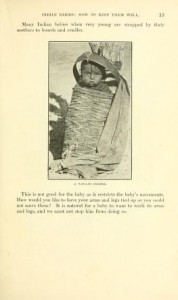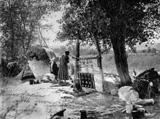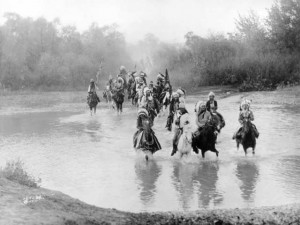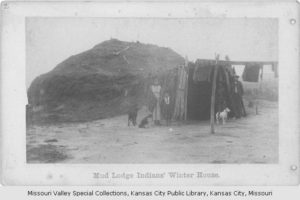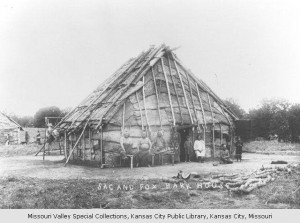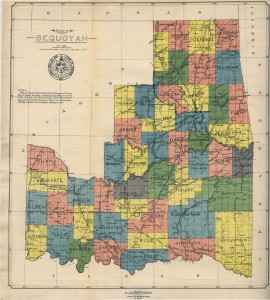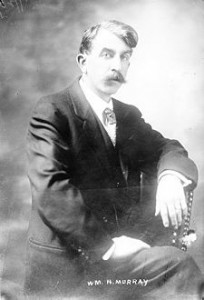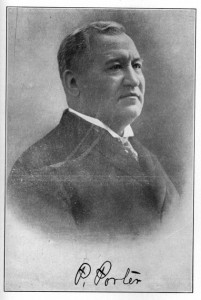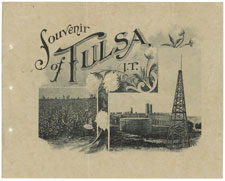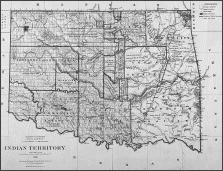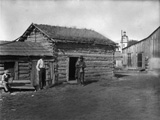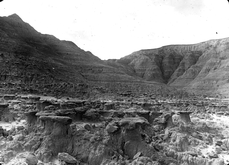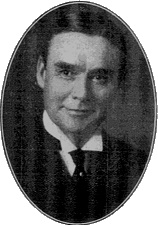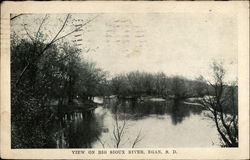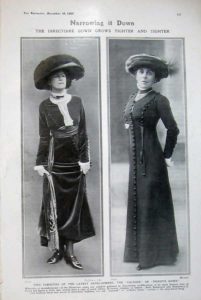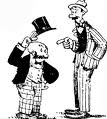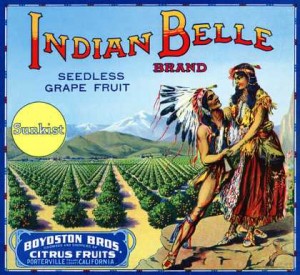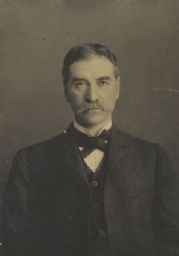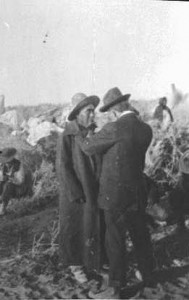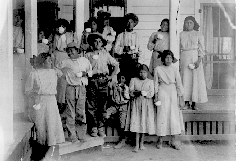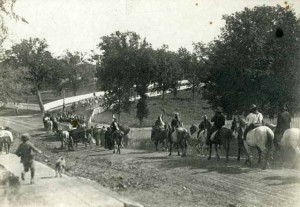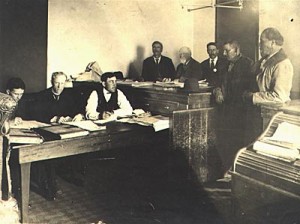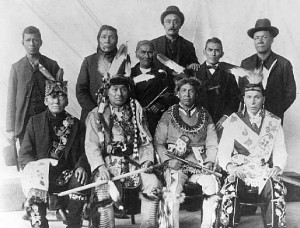There was no subject at all, it seems, in which the Indian could not benefit from a little instruction. The pamphlet at the left (created by the Department of the Interior) began with a friendly letter from the commissioner of Indian Affairs, Cato Sells.
It advised Indian mothers not to feed their babies on demand, but by the clock. It also discouraged strapping babies into the traditional cradle, so they could be carried on the mother’s back.
The pamphlet did warn about serious diseases rampant within Indian communities, like smallpox and consumption. People who might be infected with consumption (TB) were advised not to swallow their spit, as it could then carry the disease to the stomach and bowel. With more practicality, it advised all Indians to get vaccinated for smallpox.
________________________________________________________
